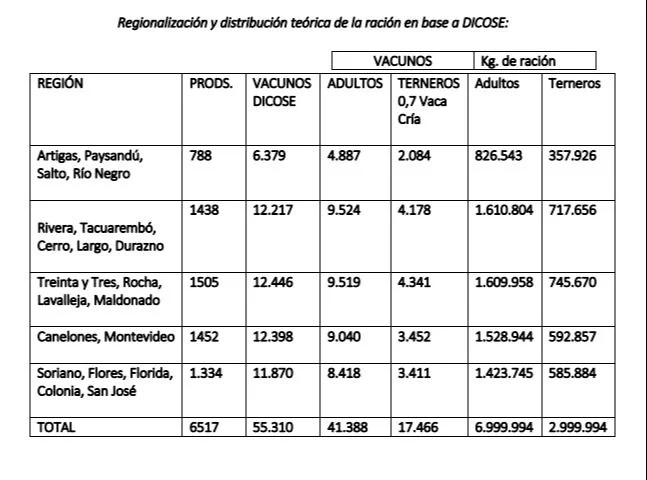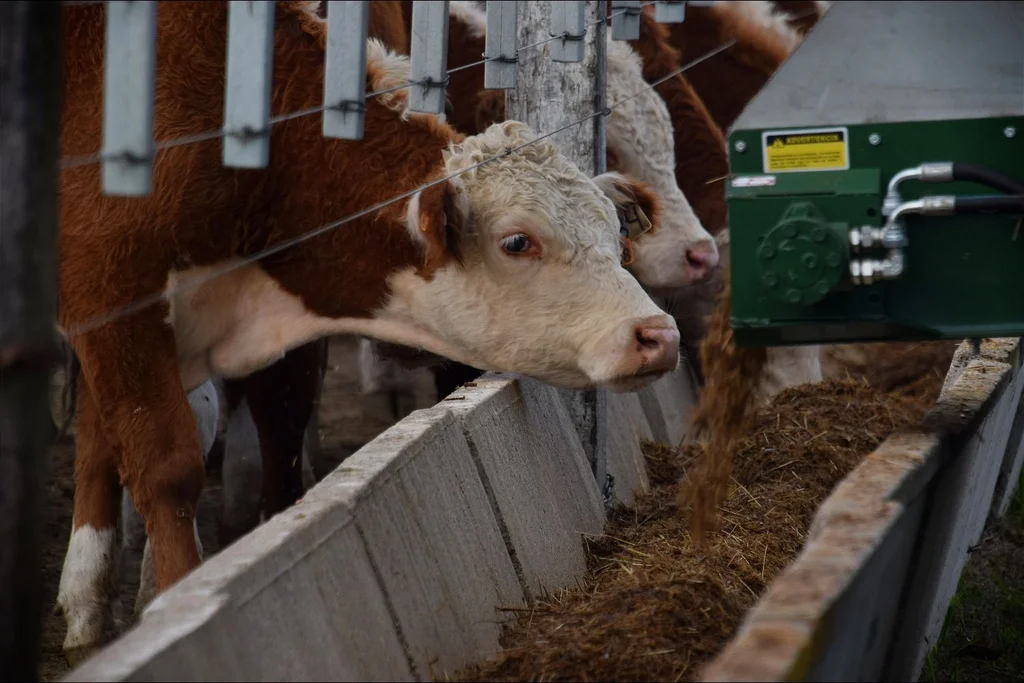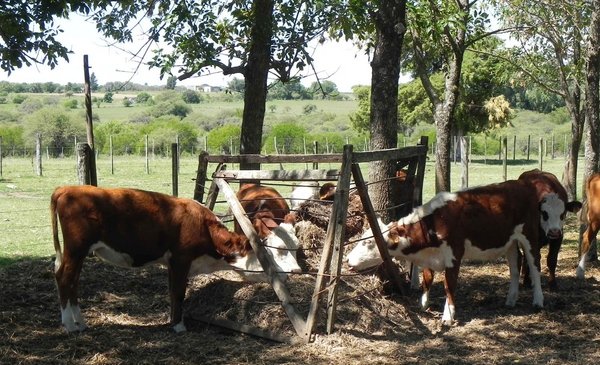He Ministry of Livestock, Agriculture and Fisheries (MGAP) announced the investment of US$ 5 million to assist livestock producers affected by the drought.
This is considered in the so-called Food Contingency Plan, established due to the lack of pastures, due to the water deficit accumulated for several monthsadversity that set the stage for the government’s decision to declare an agricultural emergency on October 24, 2022 (for the livestock, dairy, horticulture, fruit growing and agriculture sectors), in all rural areas of the national territory for a term of 90 days, extending it from January 23, 2023 for another 90 days, incorporating beekeeping, poultry farming and forestry.
The proposed operation, announced this Friday at the ministry headquarters, considers the purchase and ration delivery by MGAP, at a subsidized price and with financing, for family micro-producers with up to 30 cattle declared in DICOSE as of June 2022, that are registered and up to date with the Emergency Agricultural Fund (FAE).
The benefit consists of a subsidy of 75% of the cost of the ration, which will be in charge of the MGAP, estimated at US$ 400/ton for adults and US$ 450/ton for calves.
The remaining 25% to be paid by the producer will have a grace period of one year..
Regardless of their location, all producers will pay the same price per ton of rationobtained from the national cost average.
The minimum volume to lift per producer is 500 kilos.
John Samuelle
Angus cattle fed ration.
Implementation phases
- Calves. There will be 3,000 tons of ration delivered as of April 15, 2023.
- Adult cattle. There will be 7,000 tons of ration delivered as of May 15, 2023.
Requirements to apply
An online form must be filled out on the MGAP website. It is required to complete with identity card, name of the ATDR where the ration will be withdrawn, department and number of adult cattle (maximum 30) and calves (maximum 15) that you have to feed.
The deadline to apply is March 24.
The MGAP will summon organizations registered in the directory of the General Directorate of Rural Development (DGDR) to apply for the collection and distribution of the ration until March 24.
The MGAP DGDR carries out a survey of the beneficiary producers and through which organizations the distribution will be carried out.
The producer will sign a contract at the time of raising the ration, in which the previously exposed payment conditions are determined (FAE recovery procedure), where it is made explicit that said ration cannot be marketed.
The MGAP will report the volume that each producer may withdraw, which will depend not only on the declared cattle but also on the availability of food in the region.

MGAP operation.

John Samuelle
Distribution of ration for cattle.


















